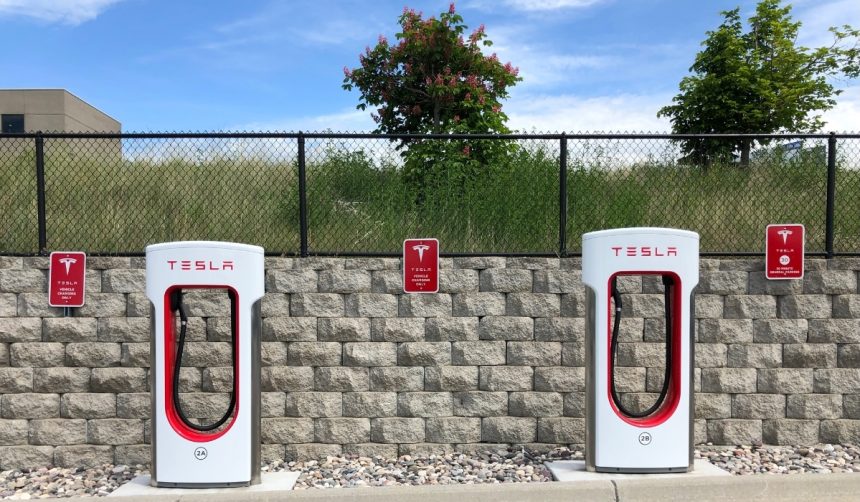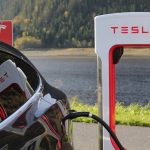A Tesla Model 3 from Western Australia has drawn attention for its performance over extensive use, logging 410,000 kilometers with its initial battery and motor while retaining about 90% battery health. This level of durability raises practical questions regarding electric vehicle longevity, especially in demanding daily use like rideshare services. The vehicle involved was a 2021 Model 3 Standard Plus, powered by a lithium iron phosphate (LFP) battery. Its ongoing use as an Uber vehicle brings additional data to discussions about electric vehicle operating costs and maintenance expectations. The owner opted for regular AC charging paired with some DC fast charging, giving a look at charging habits over years of intense operation.
Reports about long-distance Teslas have increased, but most previous cases focused on older models or required battery replacements at high mileage marks. Other high-mileage Tesla stories commonly documented battery replacements between 300,000–400,000 kilometers, while this example maintains its original unit. Efforts have grown among rideshare drivers to monitor cost savings and wear over time, but explicit documentation of both fuel savings and real-world battery health like this instance remains less common in past reports. This case adds data to the growing body of evidence about durability and overall value for intensive users in ride-hailing sectors, and invites closer scrutiny of cost structures over extended periods compared to combustion-engine rivals.
How Has This Model 3 Performed Under Extensive Use?
Operating as a rideshare vehicle for Uber, the Model 3 Standard Plus has accumulated its mileage faster than most private-use cars. The Battery Management System, assessed by Port Kennedy’s EV specialist EV Workz, shows battery health fluctuating between 88% and 90%. Owner Edi Gutmanis highlighted the charging breakdown: 29% of energy delivered through DC fast charging and 71% via AC charging, totalling over 53,500 kWh across its operational life.
What Financial Outcomes Can Electric Vehicle Owners Expect?
An estimated AU$50,000 would be required to fuel a comparable petrol car across the same distance, using average fuel consumption and local fuel pricing as a benchmark. For the Tesla, electricity costs range from approximately AU$13,000 (using the state EV tariff) to AU$20,737 (at standard commercial charging rates). This reflects a cost saving of over AU$30,000, excluding the reduced maintenance needs relative to internal combustion engine vehicles.
“Charging this Tesla through WA’s EV tariff lowered costs well below petrol equivalents,”
Gutmanis commented. Maintenance for electric drivetrains also appeared reduced, with simple, less expensive repairs needed compared to more complex traditional engines.
Did Maintenance Issues Affect the Tesla’s Longevity?
Upon presenting with a driveline “judder,” diagnostics revealed the underlying issue to be worn motor mount bushes—a relatively minor component. This required seven hours in labor and a modest parts expenditure of $130 to resolve.
“After replacing the bushes, the car drives just as good as its first day,”
Gutmanis stated. Such routine fixes reinforce the narrative that regular use does not inherently reduce functional performance or incur high repair costs when compared to conventional vehicles at similar ages or distances.
Longevity expectations outlined by Gutmanis and his team align with the reported outcomes; he reiterated that, based on his experience with electric vehicles, such durability from LFP batteries meets anticipated standards for the technology. The Model 3 profiled has become the highest-mileage case he has seen in Australia, offering valuable reference for both private customers and fleet operators examining long-term reliability, expected maintenance, and total cost of ownership.
Data from this case supports broader anecdotal evidence that electric vehicles—particularly those with lithium iron phosphate batteries such as the Tesla Model 3 Standard Plus—can maintain significant performance levels over demanding, high-mileage use. For consumers weighing cost savings and maintenance frequency, the studied Model 3 presents quantifiable advantages. High-mileage users, especially in commercial or rideshare contexts, may find these benefits particularly pertinent. As electric vehicle infrastructure and battery technology continue to progress, empirical results like these could influence adoption rates and shift expectations about total lifespan, required care, and real costs.










